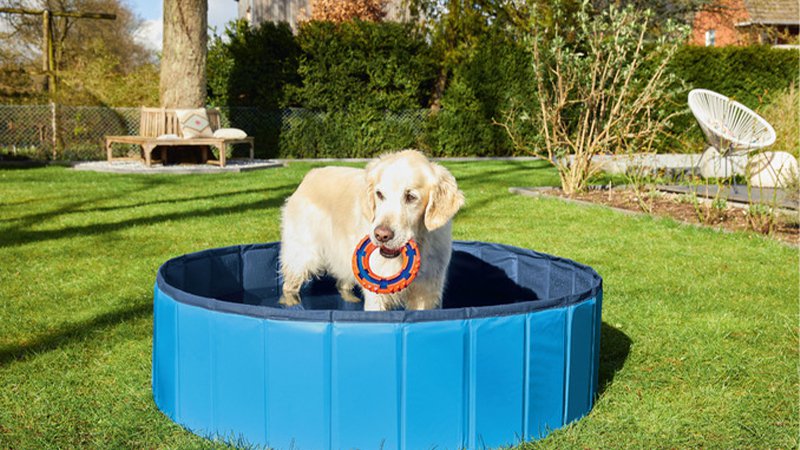For many of us, our pet is an important part of our family. Isn’t that right, Bailey? They make us happy, help us get enough exercise, and are great company. Let’s go, Bailey! When it comes to renting properties, allowing pets can be a double-edged sword for landlords. While it opens up a larger market of potential tenants, it also comes with its own set of challenges. This article will explore the benefits and challenges of renting to pet owners and provide tips for landlords to manage pet-friendly rentals effectively. 🐾

Benefits of Renting to Pet Owners
1. Larger Tenant Pool
One of the most significant benefits of renting to pet owners is the increased tenant pool. Many renters have pets, and finding pet-friendly housing can be challenging. By allowing pets, you attract a broader range of potential tenants, reducing vacancy rates and increasing the chances of quickly filling your property. 🏡
- Tip: Highlight pet-friendly features in your property listing to attract pet owners.
- Tip: Consider offering amenities such as a fenced yard or nearby pet parks.

2. Longer Tenancy
Pet owners are more likely to stay longer in a rental property that accommodates their pets. Moving with pets can be stressful and finding another pet-friendly rental is not always easy. As a result, pet owners often prefer to renew their leases, providing you with stable, long-term tenants. 📅
- Tip: Encourage lease renewals by maintaining a pet-friendly environment and addressing any tenant concerns promptly.
3. Higher Rental Income
Many landlords charge a pet deposit or additional monthly pet rent to cover potential damages caused by pets. This can result in higher overall rental income, offsetting any additional wear and tear on the property. 💵
- Tip: Clearly outline pet-related fees and policies in the lease agreement to avoid misunderstandings.
Challenges of Renting to Pet Owners

1. Property Damage
Pets can cause damage to the property, such as scratched floors, chewed furniture, or stained carpets. This is one of the primary concerns for landlords when renting to pet owners. However, with proper precautions and policies in place, you can minimize potential damage. 🛠️
- Tip: Conduct regular property inspections to identify and address any damage early.
- Tip: Use durable, pet-friendly materials for flooring and furnishings.
2. Noise and Nuisance
Pets, especially dogs, can create noise that may disturb neighbors. This can lead to complaints and potential conflicts. Establishing clear rules about noise and behavior can help manage these issues. 🐶
- Tip: Include noise control and behavior expectations in the lease agreement.
- Tip: Provide tenants with resources for pet training and behavior management.

3. Allergies and Hygiene
Pet hair and dander can trigger allergies and create hygiene issues for future tenants. Thorough cleaning between tenants and establishing cleaning protocols can help maintain a healthy living environment. 🧼
- Tip: Require professional cleaning and carpet shampooing when tenants with pets move out.
- Tip: Consider installing air purifiers to reduce allergens.
Best Practices for Renting to Pet Owners

1. Implement a Pet Policy
A clear and comprehensive pet policy is essential for managing pet-friendly rentals. This policy should outline the types of pets allowed, any breed or size restrictions, and the responsibilities of pet owners. 📜
- Tip: Include details about pet deposits, pet rent, and any additional cleaning fees.
2. Screen Pets and Owners
Screening both the pets and their owners can help ensure that only responsible pet owners and well-behaved pets are allowed in your property. Request references, vet records, and proof of training to assess the suitability of pets. 🐾
- Tip: Conduct a pet interview to observe the pet’s behavior and the owner’s control.
3. Maintain Open Communication
Establishing open communication with your tenants can help address any pet-related issues promptly. Encourage tenants to report any problems or concerns and be responsive to their needs. 📞
- Tip: Provide tenants with guidelines for reporting maintenance issues and pet-related problems.
Conclusion
Renting to pet owners comes with both benefits and challenges. By implementing clear policies, screening pets and owners, and maintaining open communication, landlords can successfully manage pet-friendly rentals while minimizing potential issues. Embracing pet-friendly practices can lead to longer tenancies, higher rental income, and a broader tenant pool. 🏡❤️
So, Bailey, let’s make our rental property a welcoming place for pets and their owners. To all the landlords out there, may these tips help you create a pet-friendly environment that benefits both you and your tenants! 🐶✨
